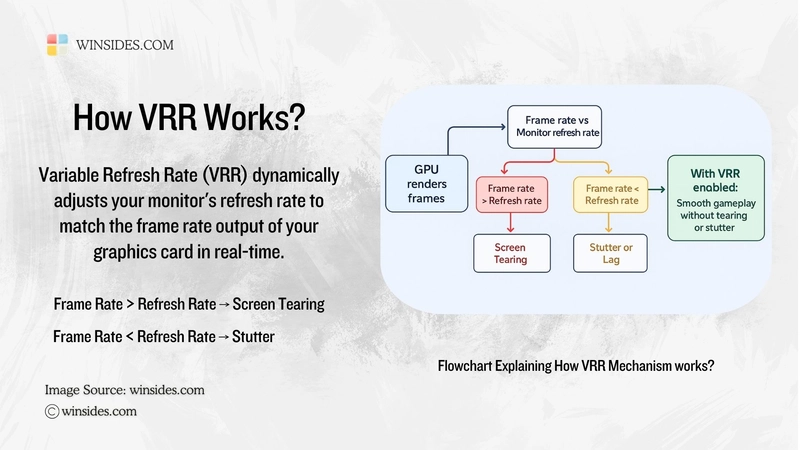Common Manual Testing Techniques:
Software Testing is the process of ensuring that any application works correctly and without errors. In it, Manual Testing is the task of testing the application directly by a human (Tester) without automation tools. Ad-hoc Testing: A test that is performed spontaneously, without planning or documentation. The tester tests the application based on his/her experience. In the early stages of development or when time is limited. Exploratory Testing: The tester tests the structure, function, and usage of the application. It is done without documentation, but with some purpose. When the requirements are not clear or to learn about a new application. White Box testing: White Box Testing is a method of testing a software application by knowing all the internal systems (code, logic) and paths. This is a line-based testing. Black Box Testing: Black Box Testing is a method of testing the functions of a software application from the outside without knowing its internal workings (code, logic). Functional testing: Functional Testing is the testing of the functionality of a program or software. In this, we only test how the functions work. This is a type of testing done using the Black Box Testing method, meaning we test the functionality of the program from the outside without knowing its configuration. Performance Testing: Performance Testing is the process of testing whether a software application performs properly in the face of high traffic or high user load. It refers to tests to ensure aspects such as speed, scalability, reliability, and resource usage. Usability Testing: Usability Testing is the process of testing an application's ease of use and user experience (UX). It helps us determine how easy, convenient, and useful an application is for users to use.

Software Testing is the process of ensuring that any application works correctly and without errors. In it, Manual Testing is the task of testing the application directly by a human (Tester) without automation tools.
Ad-hoc Testing:
A test that is performed spontaneously, without planning or documentation. The tester tests the application based on his/her experience. In the early stages of development or when time is limited.Exploratory Testing:
The tester tests the structure, function, and usage of the application. It is done without documentation, but with some purpose. When the requirements are not clear or to learn about a new application.White Box testing:
White Box Testing is a method of testing a software application by knowing all the internal systems (code, logic) and paths. This is a line-based testing.Black Box Testing:
Black Box Testing is a method of testing the functions of a software application from the outside without knowing its internal workings (code, logic).Functional testing:
Functional Testing is the testing of the functionality of a program or software. In this, we only test how the functions work. This is a type of testing done using the Black Box Testing method, meaning we test the functionality of the program from the outside without knowing its configuration.Performance Testing:
Performance Testing is the process of testing whether a software application performs properly in the face of high traffic or high user load. It refers to tests to ensure aspects such as speed, scalability, reliability, and resource usage.Usability Testing:
Usability Testing is the process of testing an application's ease of use and user experience (UX). It helps us determine how easy, convenient, and useful an application is for users to use.














![Ditching a Microsoft Job to Enter Startup Purgatory with Lonewolf Engineer Sam Crombie [Podcast #171]](https://cdn.hashnode.com/res/hashnode/image/upload/v1746753508177/0cd57f66-fdb0-4972-b285-1443a7db39fc.png?#)




























































